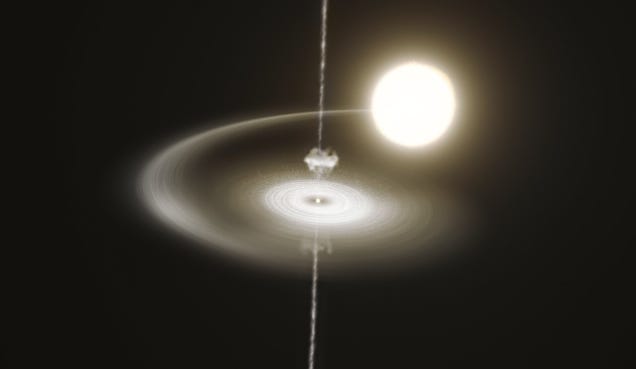Get the latest tech news
Astronomers Demand Radio Silence at the Moon's Far Side, But Resistance May Be Futile
Gizmodo reports that increased activity on the Moon "may affect the unique radio silence on the lunar far side, an ideal location for radio telescopes to pick up faint signals from the cosmic past." This week, the International Academy of Astronautics (IAA) held the first Moon Farside Protection Sy...
The Lunar Crater Radio Telescope is designed to observe the universe at frequencies below 30 megahertz, which are largely unexplored by humans since those signals are reflected by the Earth's ionosphere, according to NASA. At those low frequencies, radio telescopes on the Moon can detect near-Earth objects approaching our planet before other observatories, it can search for signals of alien civilizations, and study organic molecules in interstellar space... NASA and its Chinese counterparts have eerily similar plans for lunar exploration, and the Moon is currently a 'free-for-all' with no regulations set in place as to who can own our dusty orbital companion.
Or read this on Slashdot

